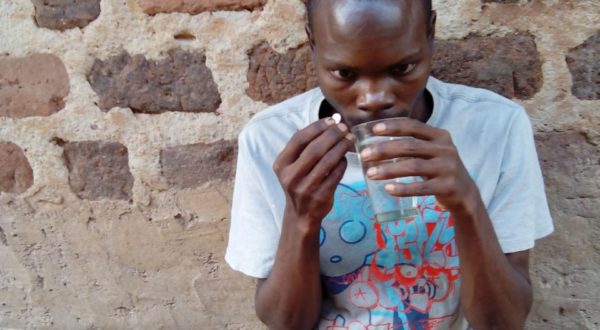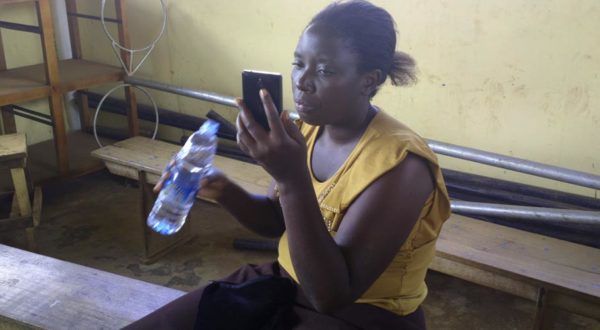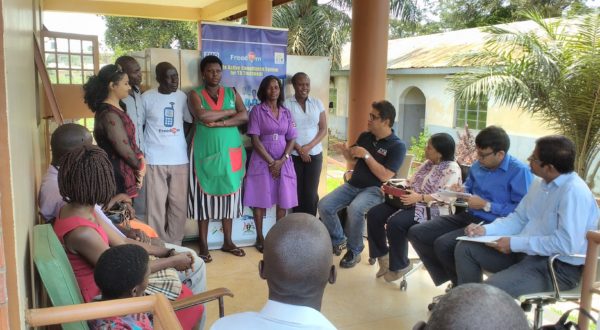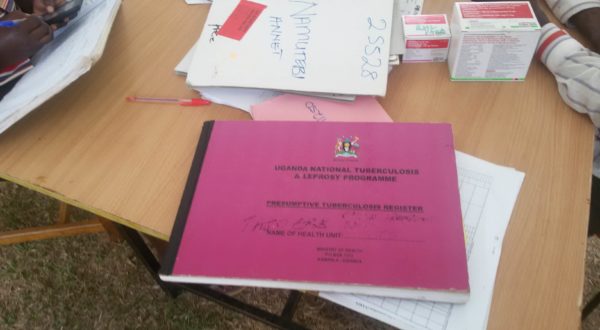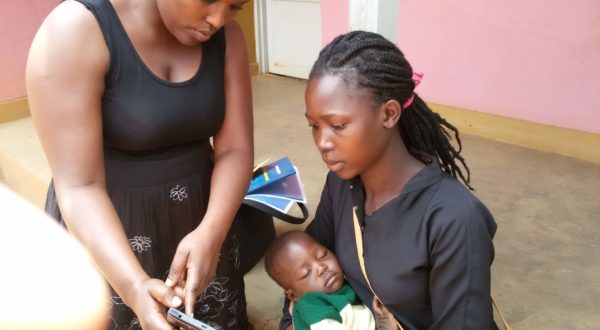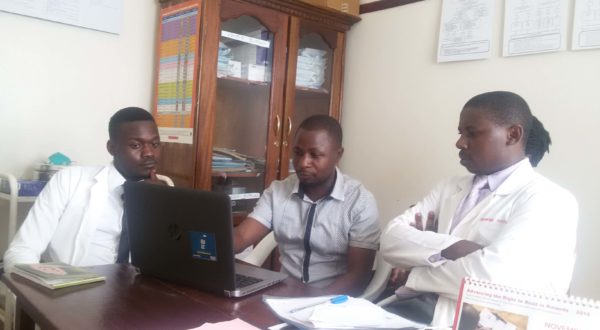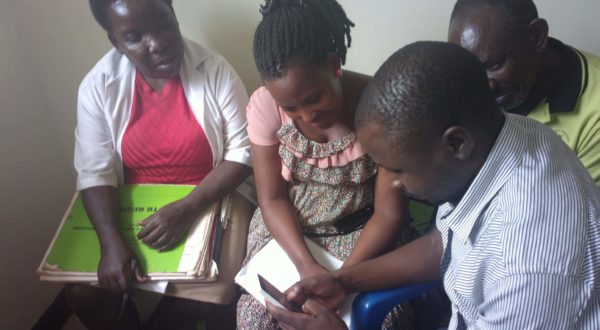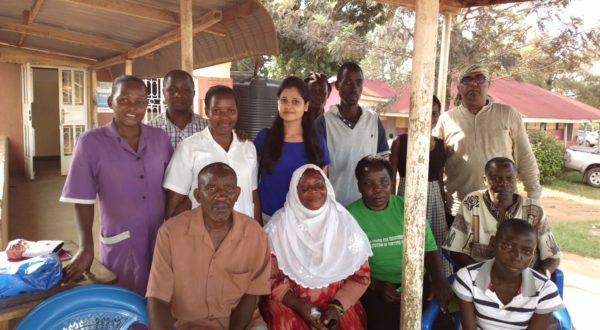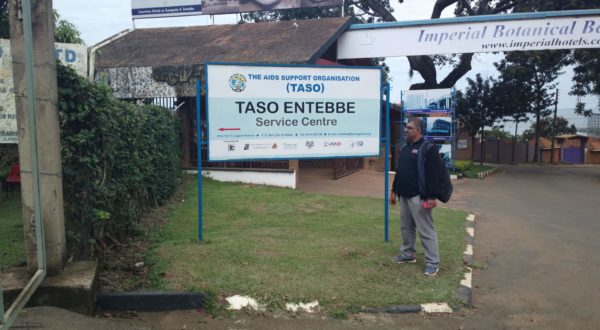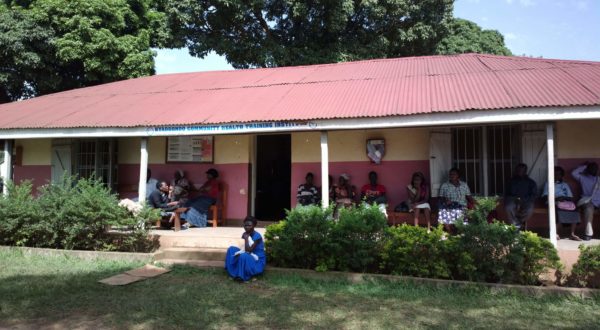Uganda is a landlocked country in East Africa bordered by Kenya, South Sudan, Congo, Rwanda and Tanzania. The southern part of the country includes a substantial portion of Lake Victoria, shared with Kenya and Tanzania.
Tuberculosis (TB) prevalence in Uganda stands at 253 per 100,000 people, which is much higher than previously estimated. TB and HIV/AIDS remain major public health problems in Uganda. HIV is the leading risk factor for development of TB, and TB is the leading cause of death among people with HIV/AIDS (PWHA). The HIV prevalence in Uganda is estimated at 7.3%, and approximately 50-60% of TB patients are also co-infected with HIV. A total of 87,000 new TB cases occur every year in Uganda. Considering that Uganda notified 46,171 TB patients (WHO, 2015) survey results revealed that 40,829 patients were missed in 2014.
 The observed high prevalence across age groups suggests that TB transmission is still widespread despite implementation of the stop TB strategy, calling for innovative approaches in ending tuberculosis including a strong collaboration between the private and public TB response actors.
The observed high prevalence across age groups suggests that TB transmission is still widespread despite implementation of the stop TB strategy, calling for innovative approaches in ending tuberculosis including a strong collaboration between the private and public TB response actors.
As a global scale-up strategy, ZMQ planned a road map to take Active Compliance Treatment Strategy (ACTS) to Uganda. For this, ZMQ approached National TB and Leprosy Program (NTLP), a nodal Tuberculosis control program of the Ministry of Health, Uganda and share dots results from India. Experts were called from NTLP, MOH Uganda who did a due diligence of ZMQ’s innovation of ACTS and ZMQ was granted permission to carry out a large pilot in two districts of Uganda. ZMQ involved with a local NGO, Health Child, to take forwards its mission of ACTS in Uganda.
In the early phase, ZMQ established ACTS in four health centres of Wakiso district namely Kasangati, TASO Entebbe, Entebbe Hospital and Kisubi Hospital. Later it was scaled to Mulago health facility in Kampala district. Since Uganda was following Daily Dose Regime, ZMQ’s ACTS system was modified accordingly and also adapted in local language Luganda/Lusoga. A team of coordinator and VHTs were setup to register the patients, put them on ACTS within 3 days of examination with full technical support from technical team in India. The technology based model was accepted quickly by patients reaching out to almost 980 patients with the compliance rating as high as 83.09%.


